Astrup Fearnley Collection
05. Dec. 2023 – 02. Mar. 2025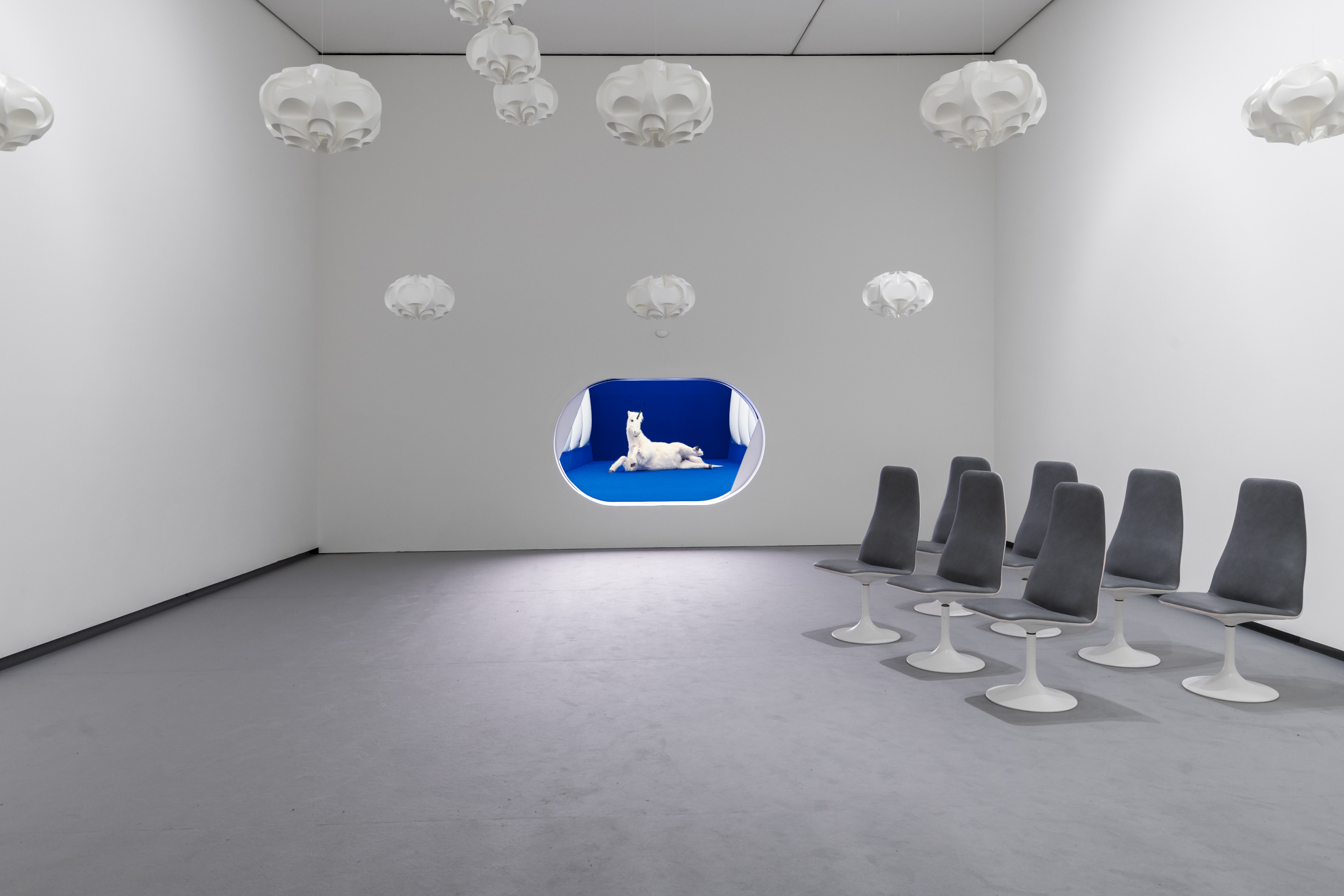
The Astrup Fearnley Collection is one of Europe’s most comprehensive collections of international contemporary art.
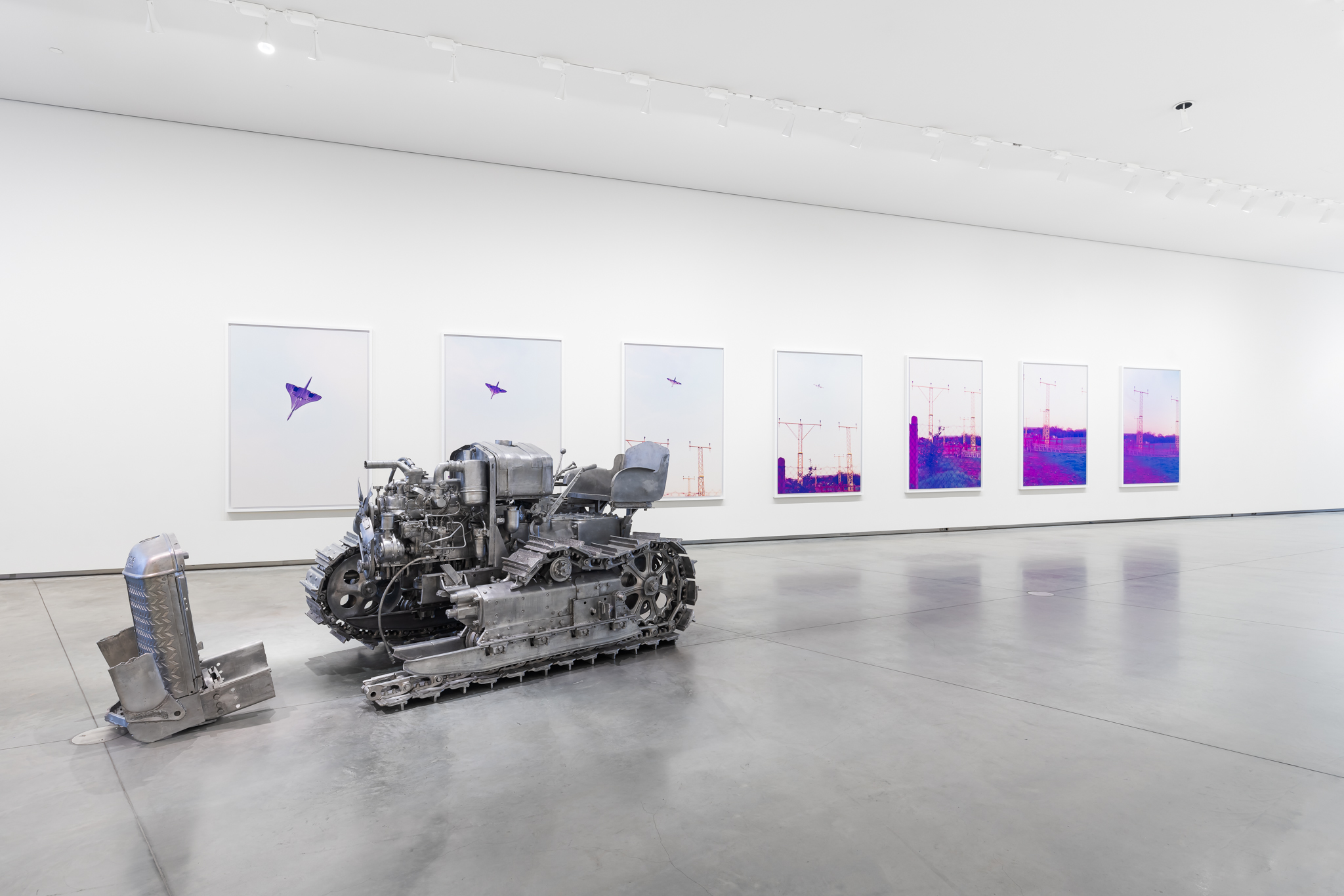
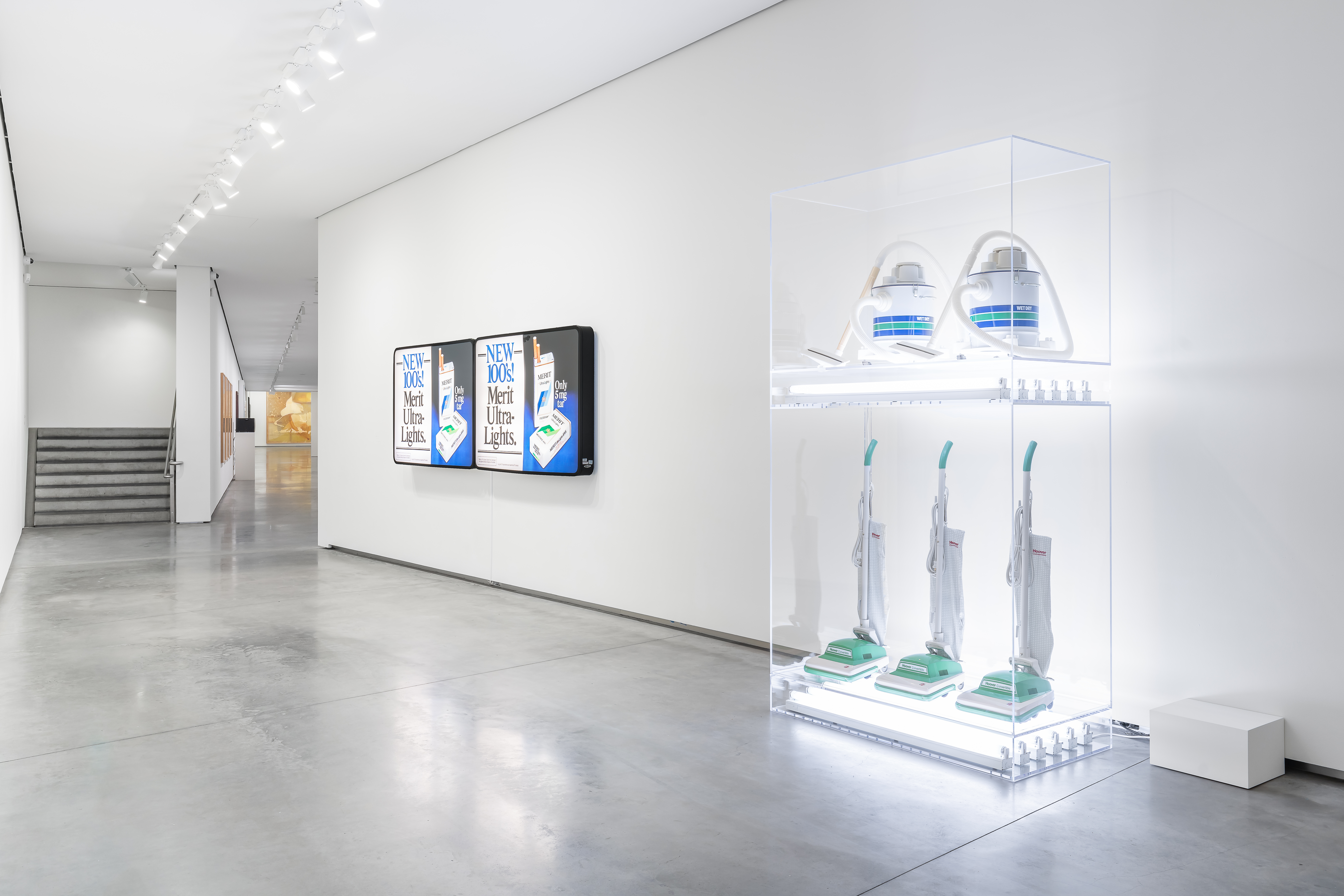
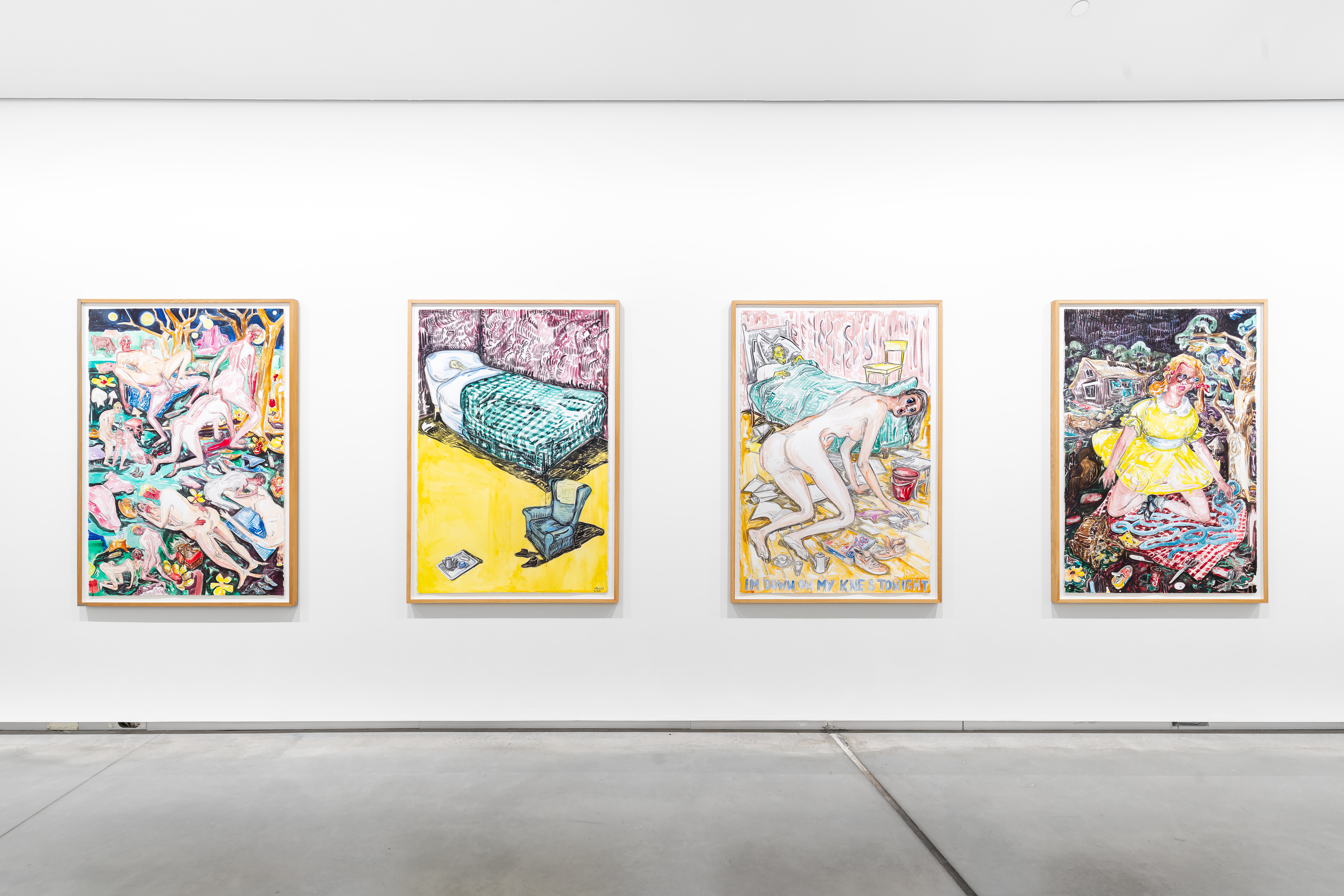
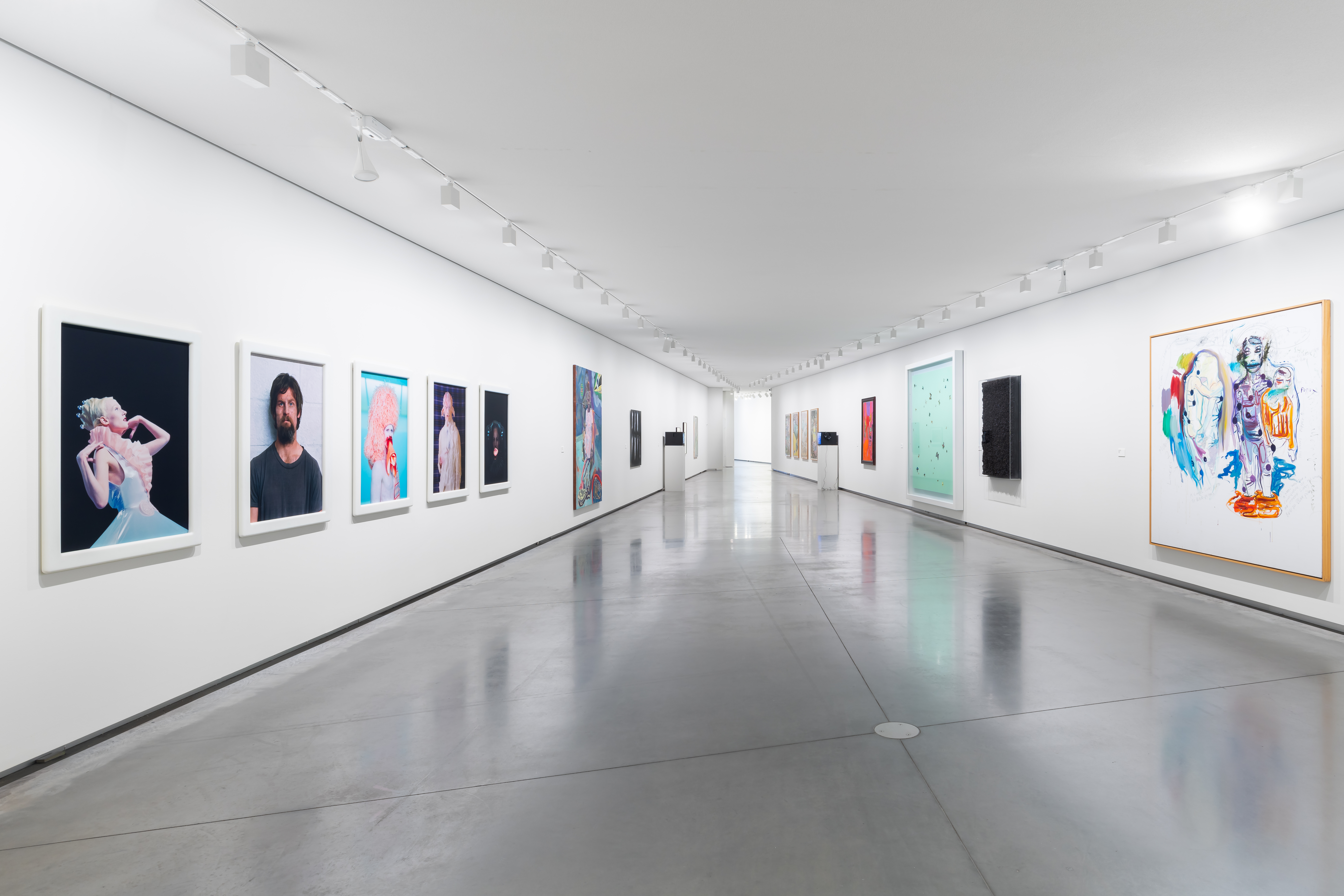
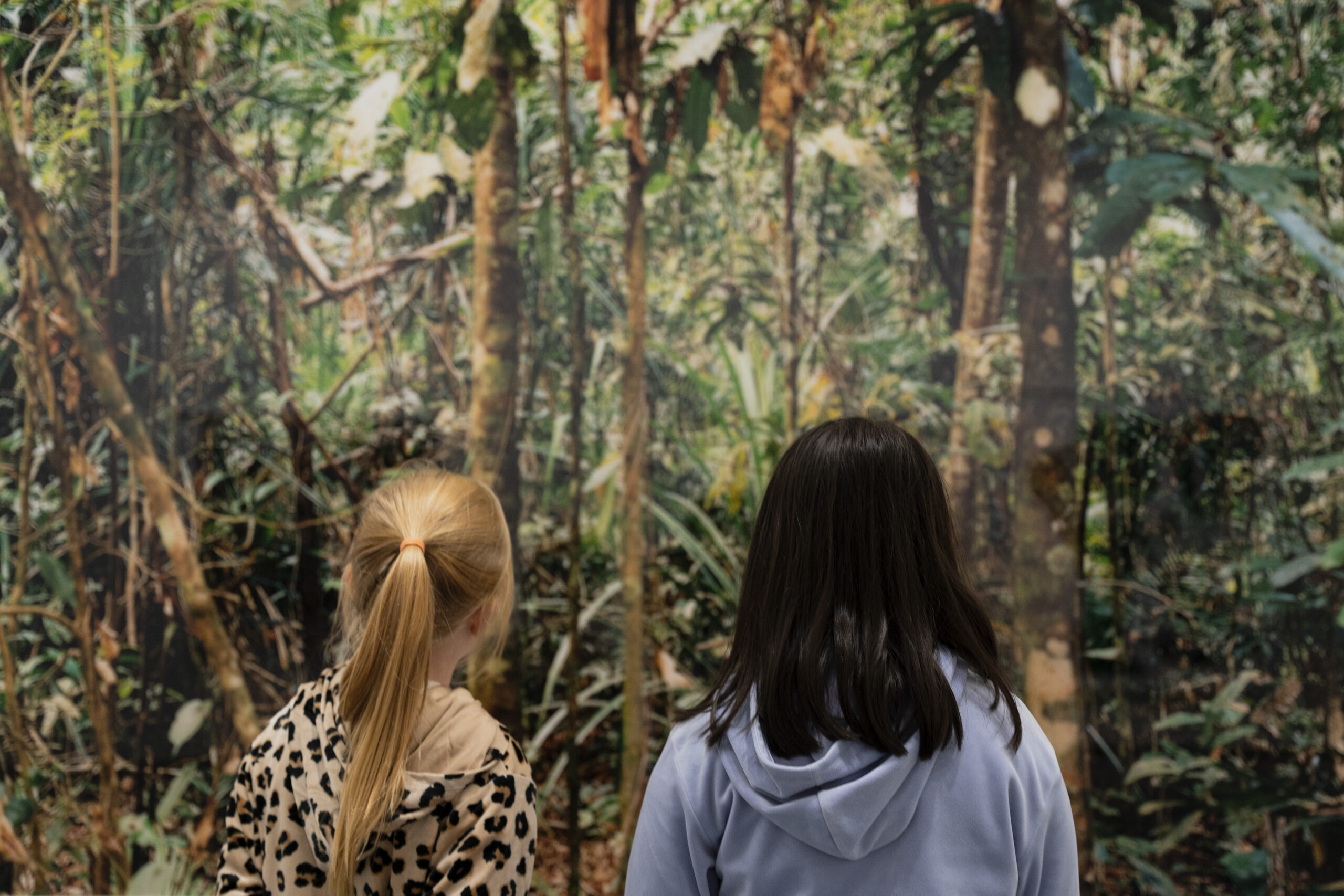
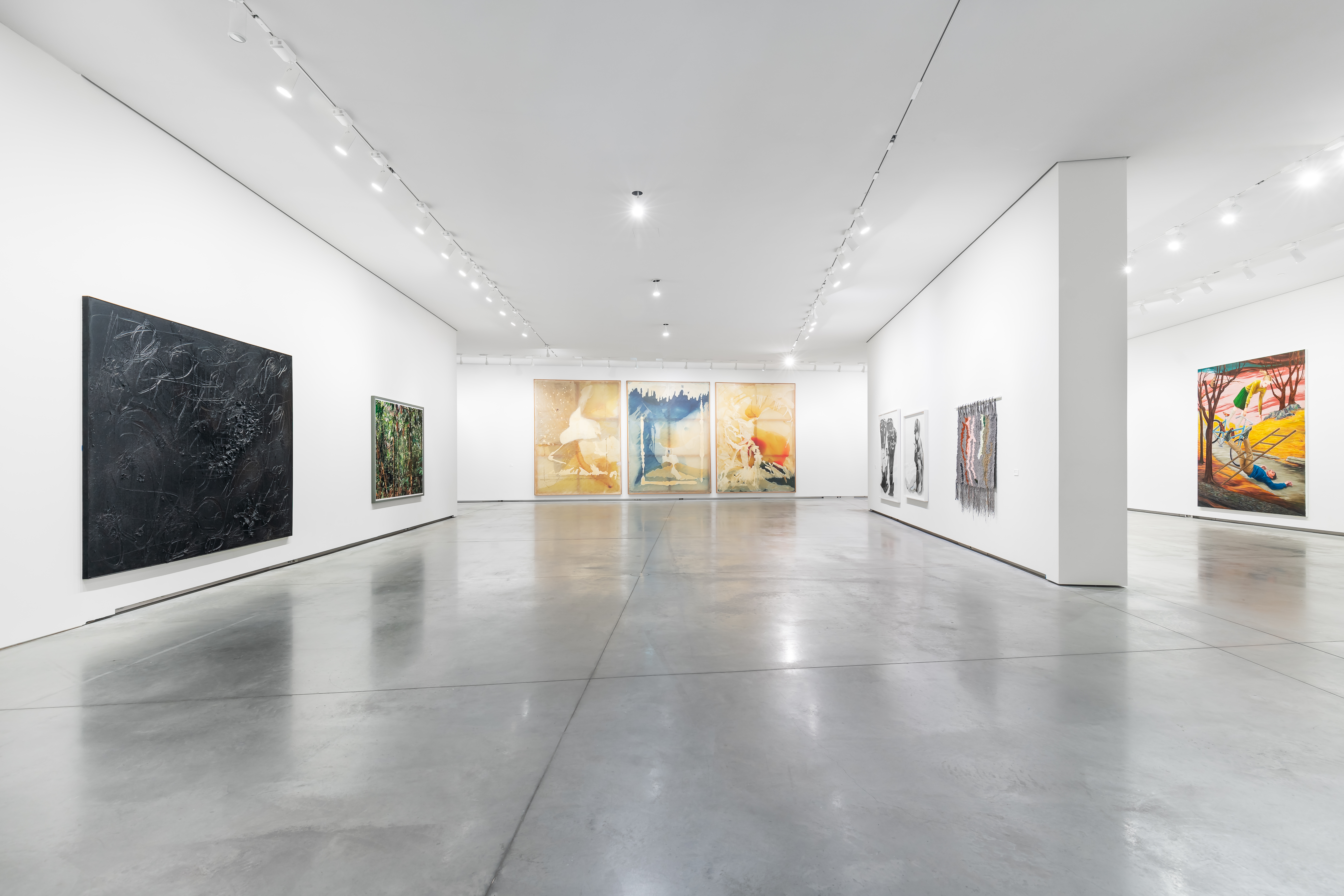
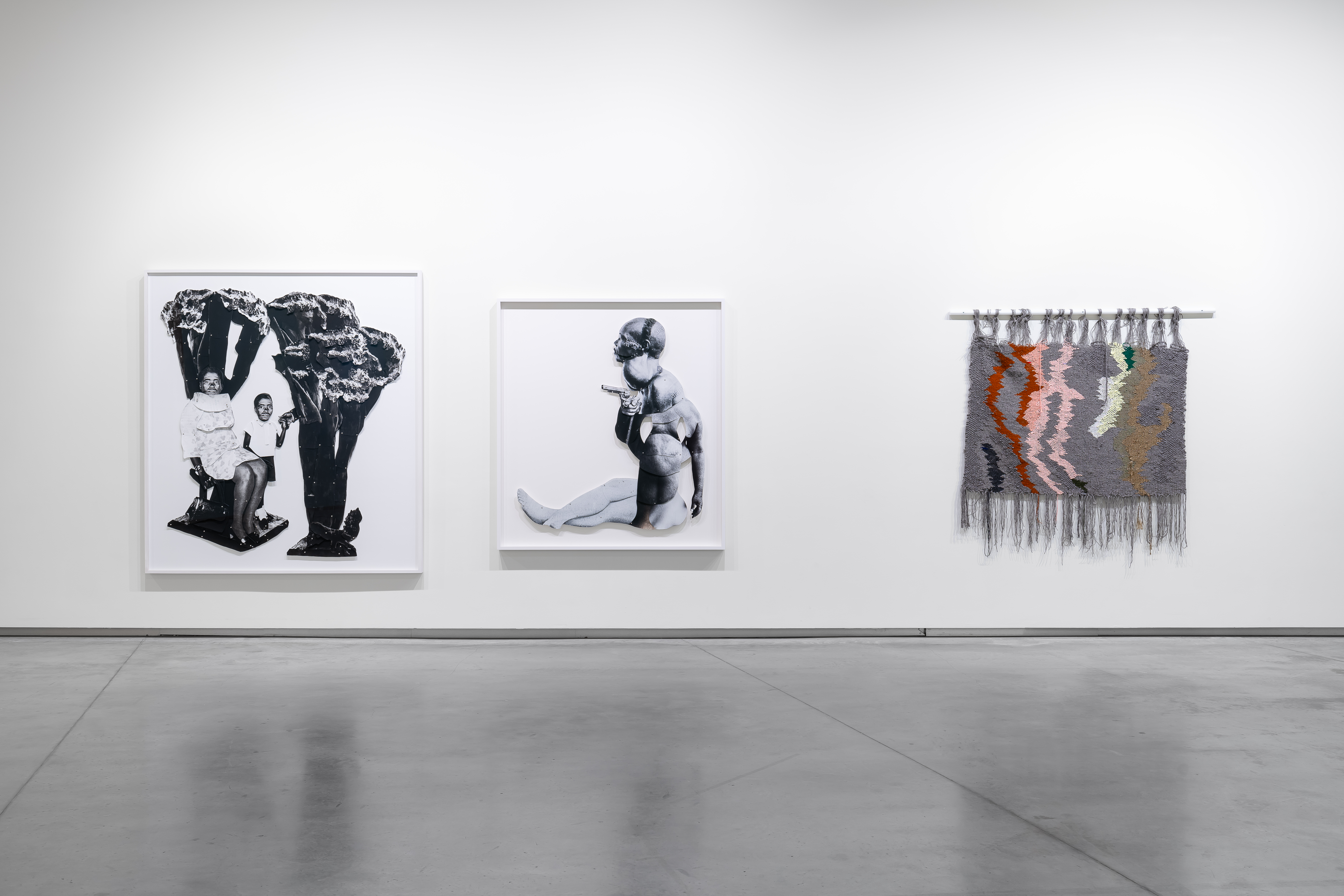
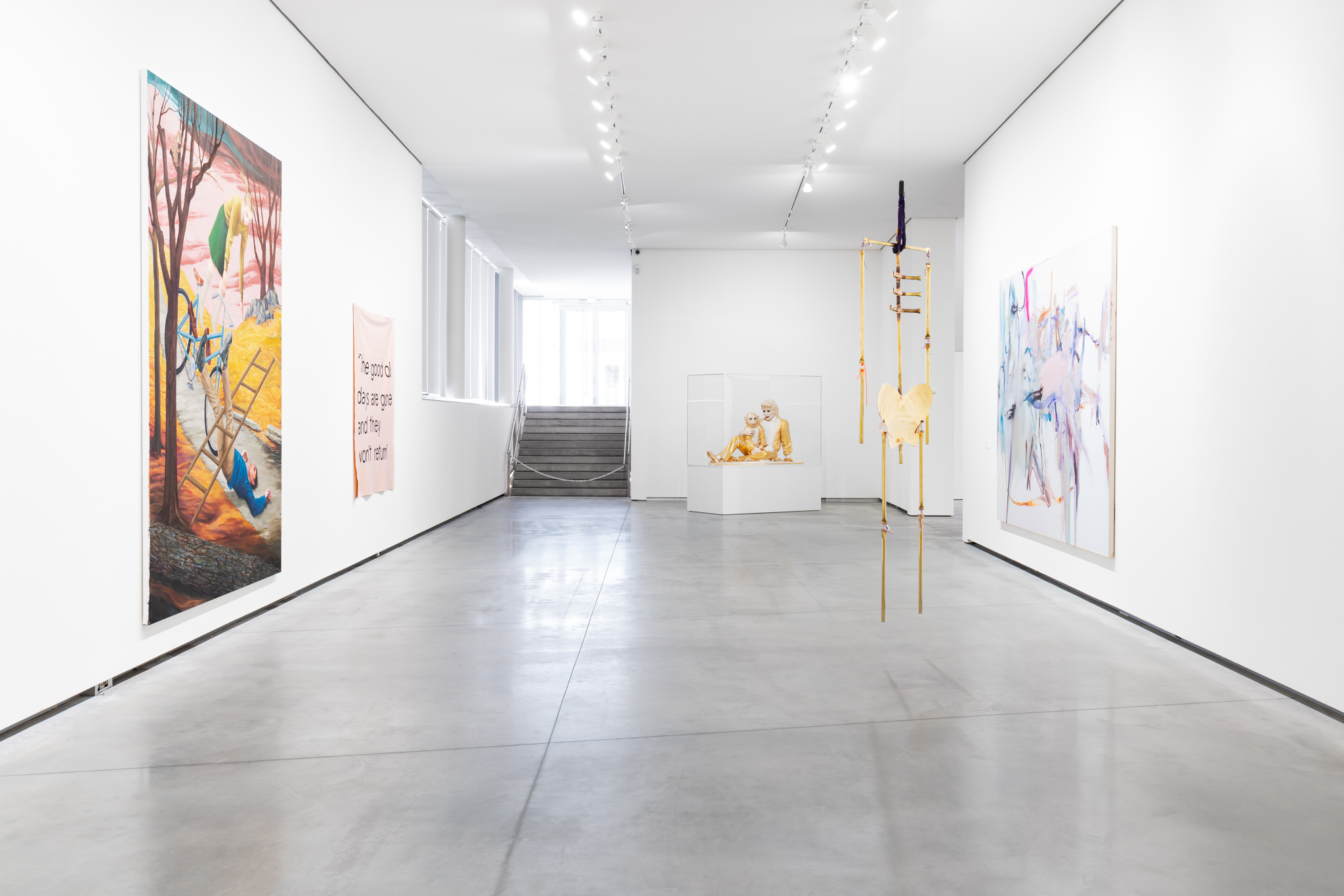

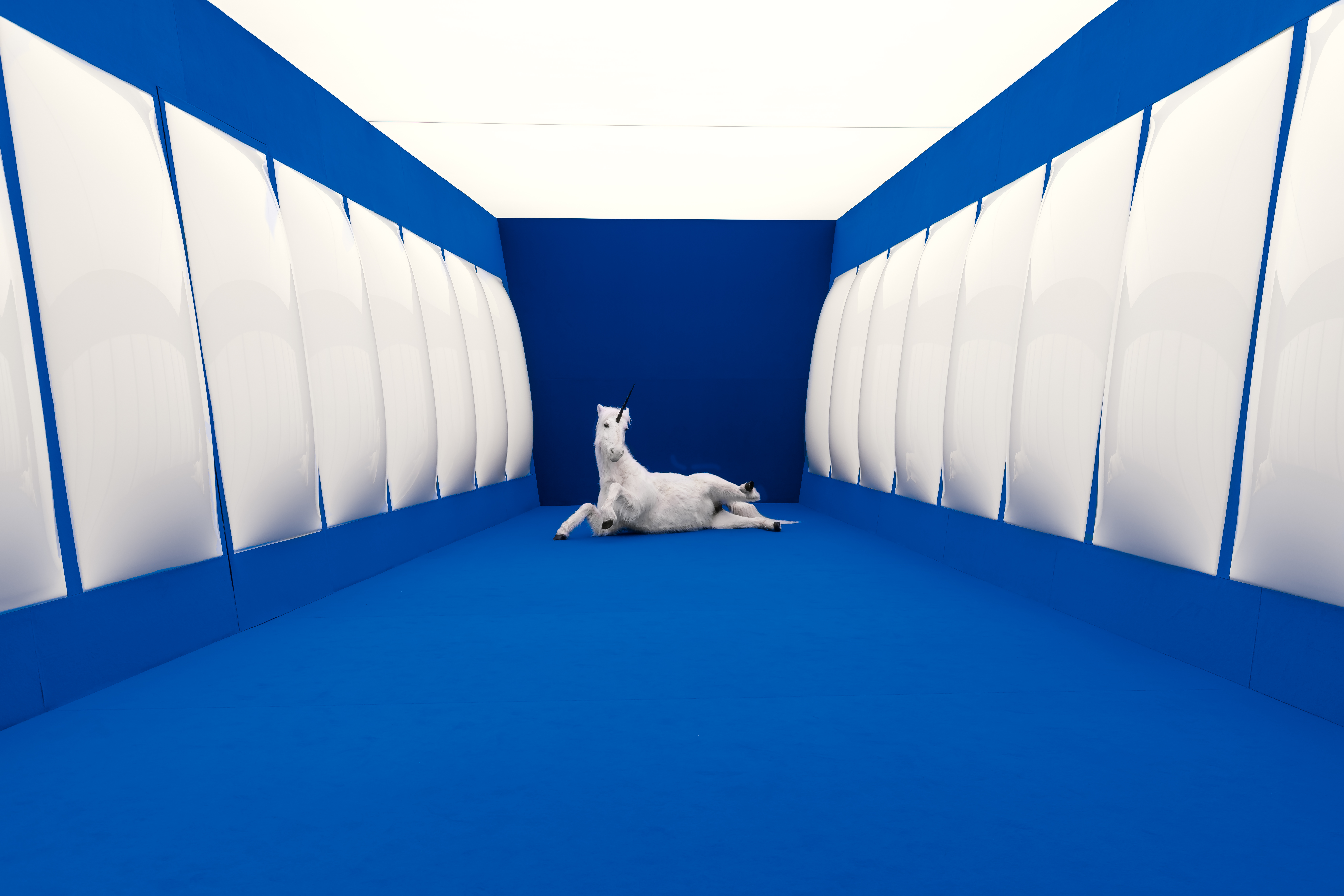
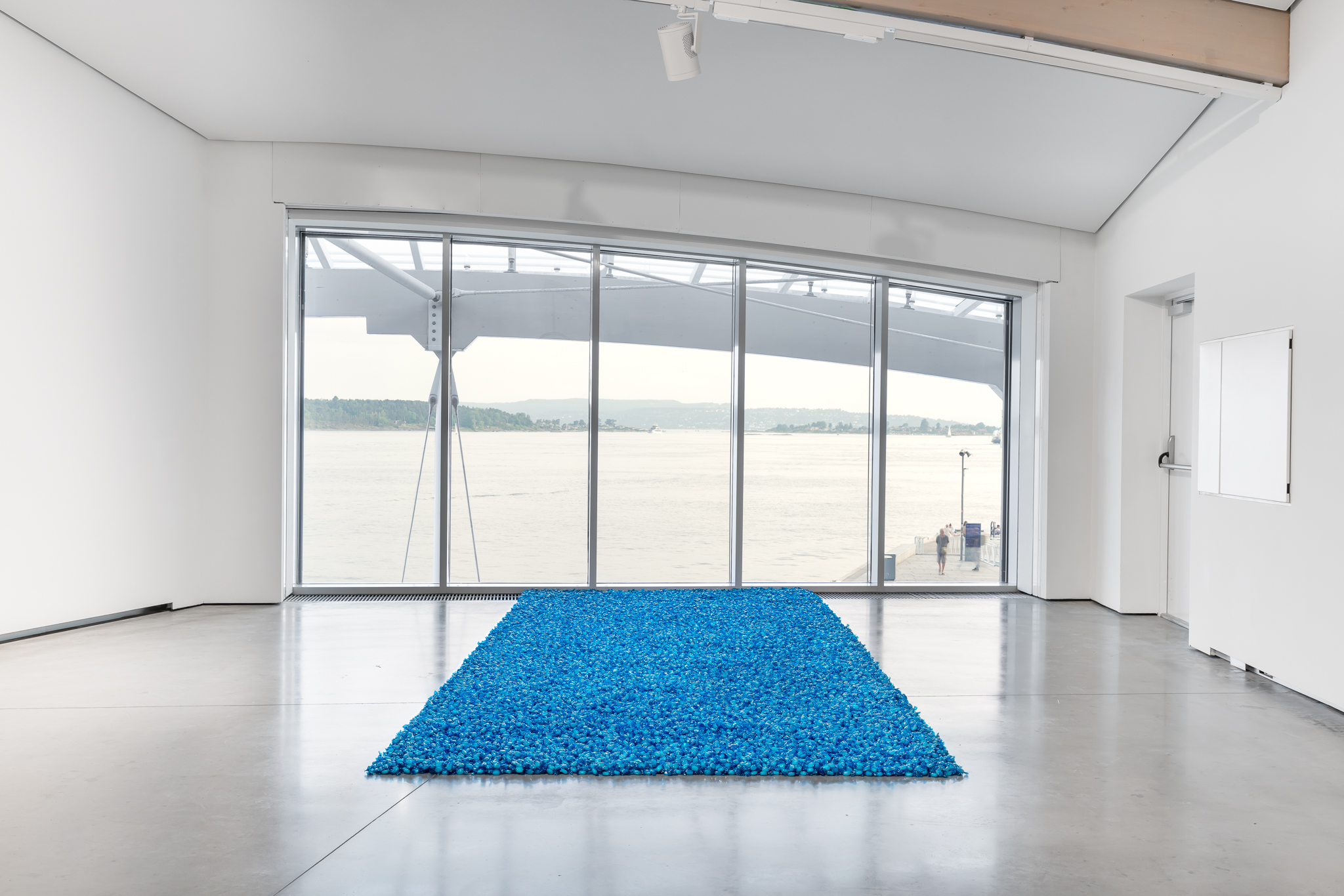
Beginning in the 1960s, founder Hans Rasmus Astrup assembled a collection which emphasized artists and their bodies of work, rather than historical periods or stylistic trends. By the time of his passing, the Astrup Fearnley Collection contained more than 1 500 works. The works presented in this display offers insights into one of the wide-ranging collections of contemporary art in the Nordic countries and demonstrates Astrup’s unique contribution to the field of contemporary art.
The 1990s is considered to be one of the pivotal moments in contemporary art history and is a crucial reference point for The Astrup fearnley Collection. Many of the works presented in this exhibition were created in the lead-up to, during, or immediately following this decade, which was also when Astrup Fearnley Museet was founded, in 1993. Of significance is that several artists that are featured in the collection had their career breakthroughs in and around the 1990s, such as Matthew Barney, Paul Chan, Trisha Donnelly, Nicole Eisenman, Ida Ekblad, Félix González-Torres, Rachel Harrison, Damien Hirst, Jeff Koons, Glenn Ligon, Sigmar Polke, Cindy Sherman, Børre Sæthre and Wolfgang Tillmans.
From the beginning, Astrup Fearnley Museet has focused on what is, at a given time, the art of the present, by following innovative practitioners and their work, rather than attempting to canonize historical artworks retrospectively. Yet the collection also reflects contemporary art as an era. For some, the starting point of this era can be dated to the 1960s when the dissolution of established categories, such as painting and sculpture, gave way to conceptual, ephemeral, and performative practices, whilst others have summarized the era of contemporary art as a global turn after approximately 1990. The Astrup Fearnley Collection has always navigated its own understanding of the present, and today contains key discourses, tendencies and works that have come to define this epoch. Due to the museum’s location in Norway, it has also been able to make ample room for Norwegian and Nordic artists to contribute to the continually unfolding story of international contemporary art.
The collection includes examples of conceptualism and the institutional critique typical of the 1970s, alongside the playful postmodernism of the 1980s, and the Norwegian neo-conceptualism of the 2000s. The consistently solid position of photography throughout these decades is apparent in the exhibition, as is the ubiquity of film and video art. The breakthrough of installation art as a genre can additionally be linked to the 1990s, as the collapse of the art market in the late 1980s led to a renewed interest in conceptual art, temporary installations, and performance art. Painting is also abundantly represented, as both abstract and figurative painting have endured, whilst an increasingly conceptual approach has contributed to the revitalization of the medium.
Such categorization—of grouping artworks by medium and forms of expression—is nevertheless secondary to highlighting the strong bodies of work by individual artists in the collection, as well as the content and themes of each artwork. Several works in the display deal with personal and collective identities, raising questions of gender, sexuality, and cultural belonging. The sensual and corporeal is also clearly present in psychologically charged artworks, often with a dark subtext. On the other hand, humorous and intellectually challenging works similarly abound
The presentation of works from the collection largely avoids chronological and thematic organizing principles. Instead, by using an organic structure, it seeks to reflect the heterogeneous nature of the collection. Each room provides space for individual works, and encourages encounters across generations, nationalities, media, and forms of expression. By trusting in the autonomy of the artworks within these juxtapositions, and without a demand for them to tell a particular art historical narrative or fit within a unifying theme, a plurality and porosity is formed between the works, and throughout the display.
Since its foundation in 1993, Astrup Fearnley Museet has played a central role in the development of contemporary art in Norway as well as the wider Nordic region. Today the museum is an independent institution serving the public, following the same model and trajectory as comparable international museums which began as private initiatives, and it holds an important position in Norway by being an institution that is solely dedicated to contemporary art. The museum contributes to preserving art being produced in the present, as well as further developing the field through its temporary exhibition program and its strong commitment to commissioning new works.
Hans Rasmus Astrup passed away in 2021, and generously bequeathed funds, as well as the entire Astrup Fearnley Collection, to the non-profit foundations that run the museum. This enables the museum to continue the work that Astrup initiated, by regularly expanding the Astrup Fearnley Collection with new acquisitions, and further developing the institution as an inclusive platform for art.